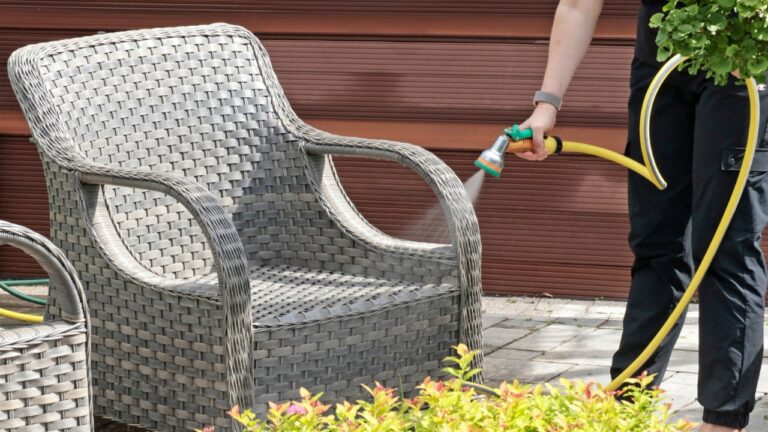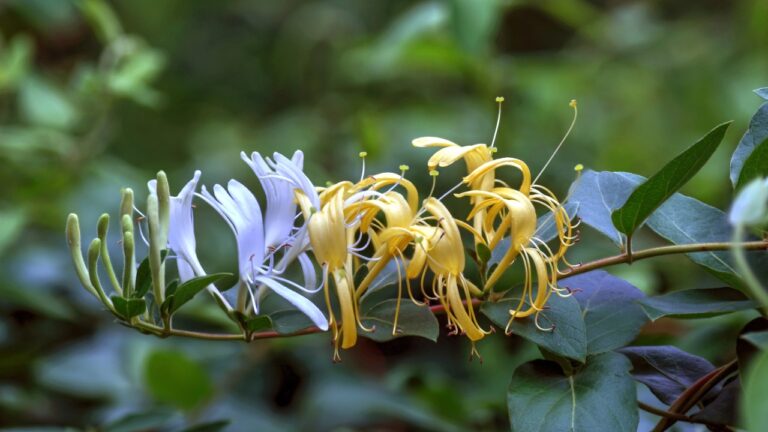10 Things Hiding in Your Mulch That You Don’t Want to Find
Mulch might seem like a safe and harmless part of the yard, but there’s a lot going on underneath the surface. While it does a good job at keeping moisture in and weeds out, it also creates the perfect environment for some unpleasant surprises. Warm, damp, and dark—those conditions invite more than healthy roots.
If you’ve been spreading mulch without thinking twice, it’s worth knowing what could be hiding underneath it right now.
Termites
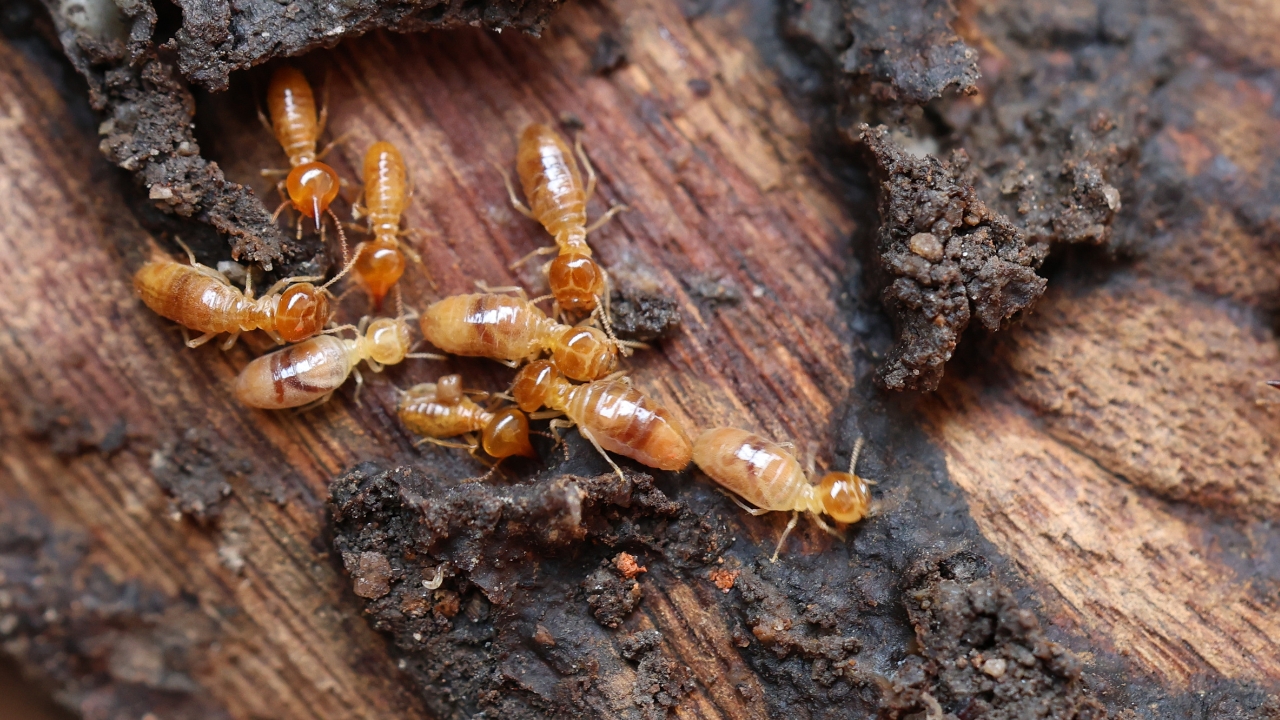
Mulch holds moisture, which makes it a great hiding place for termites. They don’t eat mulch like they do wood, but it creates the damp conditions they love. If the mulch is piled too high or sits right up against your home’s foundation, it can draw them in fast.
Once they’re in the mulch, they can move into nearby wood structures without much trouble. Keeping mulch a few inches away from your siding and using thinner layers helps cut the risk.
Snakes
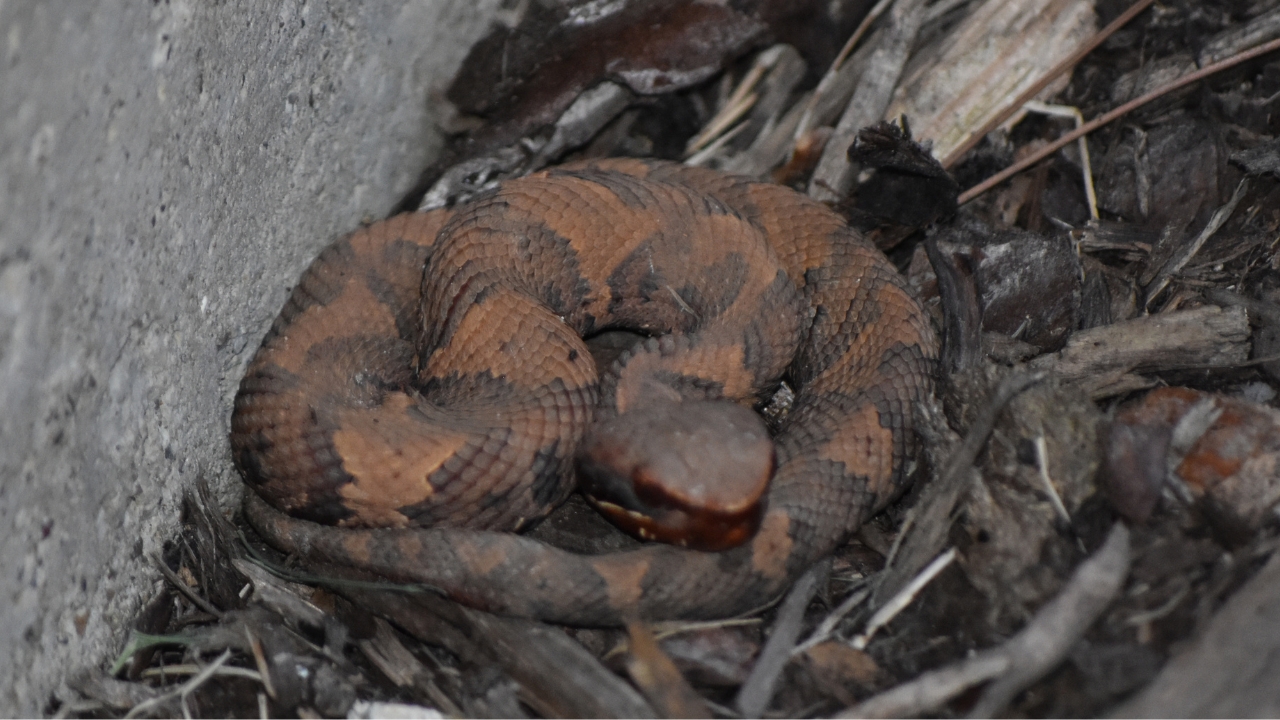
Snakes use mulch for cover, especially in areas with thick layers or heavy ground cover plants. It gives them a place to hide while staying cool, and it’s also where they’ll find small prey like mice, frogs, or insects.
You won’t always see them right away. That’s the problem—reaching into mulch beds without looking first can lead to an unwanted surprise. Thinner layers and keeping mulch areas tidy help discourage them from settling in.
Mold and Fungi
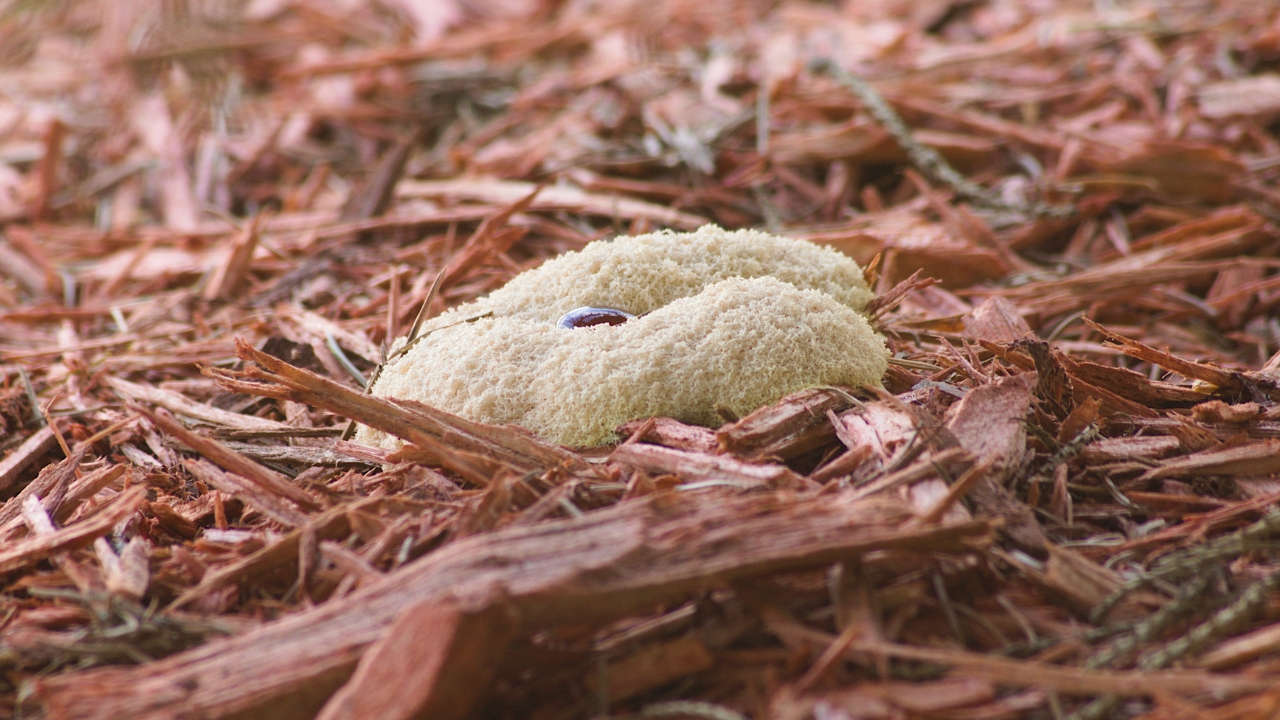
Fungal growth is common in mulch, especially if it’s too damp or packed in thick. You might see things like slime mold, artillery fungus, or even mushrooms. While some are harmless, others can spread spores or stain nearby surfaces.
It’s a sign your mulch may be holding too much moisture or breaking down too fast. Turning the mulch now and then or letting it dry out between watering can help keep fungal growth in check.
Rodents
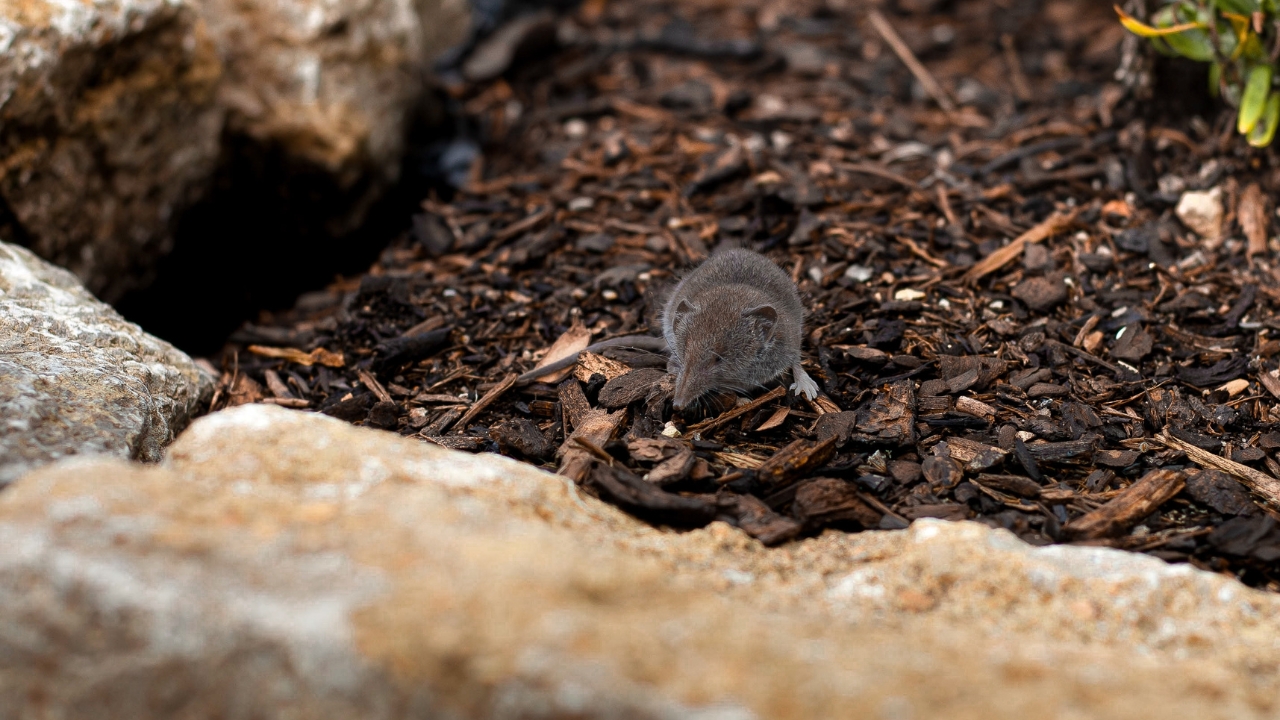
Mice and rats are drawn to the warmth and cover mulch provides—especially near compost piles, bird feeders, or garden beds. Once they’ve found a good nesting site, they usually don’t go far.
Rodents burrow under mulch or use it to hide their nests. If you notice tunnels, droppings, or chewed plants, it’s worth taking a closer look. Thinner layers and keeping food sources sealed up nearby can help deter them.
Ant Colonies

Mulch can be a welcome mat for ants, especially when it’s undisturbed for long periods. They’ll tunnel through it and start building nests, sometimes right along the edge of your house or pathways.
Certain species like carpenter ants can even cause damage if they move into wood structures nearby. Disturbing the mulch regularly and watching for signs of activity can keep them from getting too comfortable.
Ticks
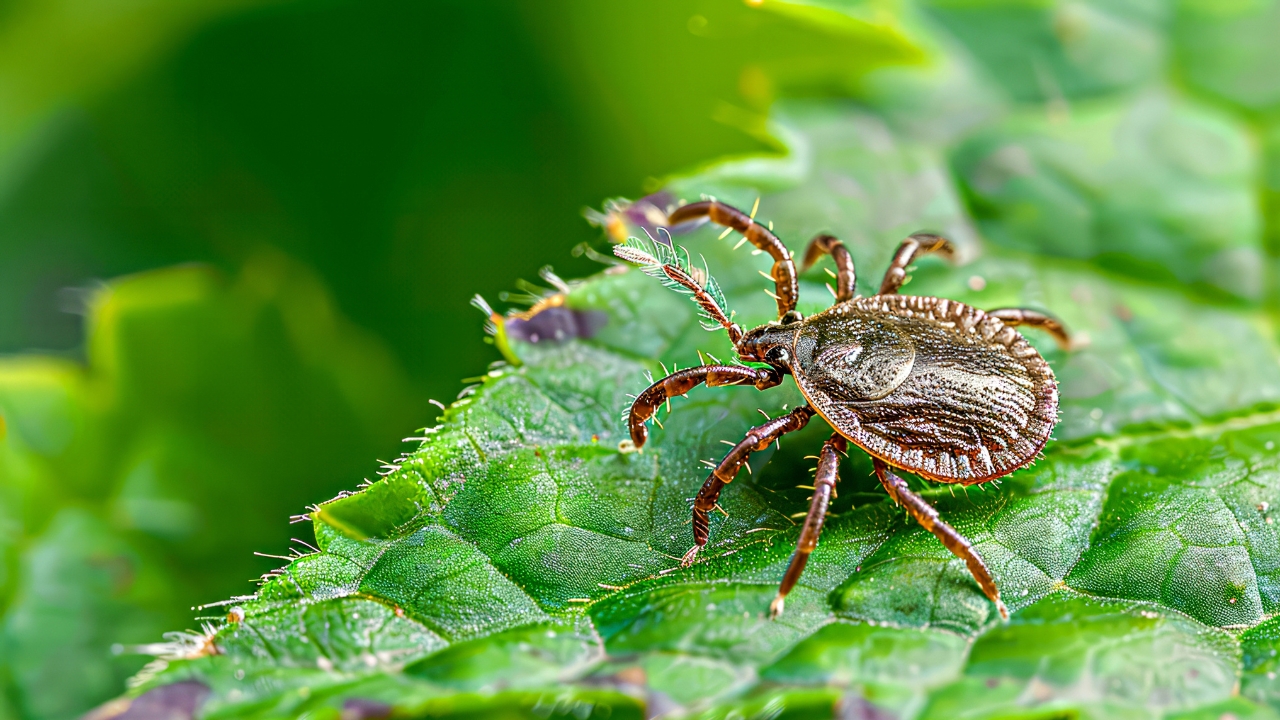
If you’ve got thick mulch near shady areas, you could be giving ticks exactly what they want. They hang out in damp spots waiting for a warm-blooded host to walk by—pets, kids, or you.
Ticks don’t come from mulch itself, but it gives them a good place to hide out. Keep mulch away from high-traffic areas and keep it thinned out. You can also create buffer zones with gravel or dry materials around patios and seating areas.
Cockroaches
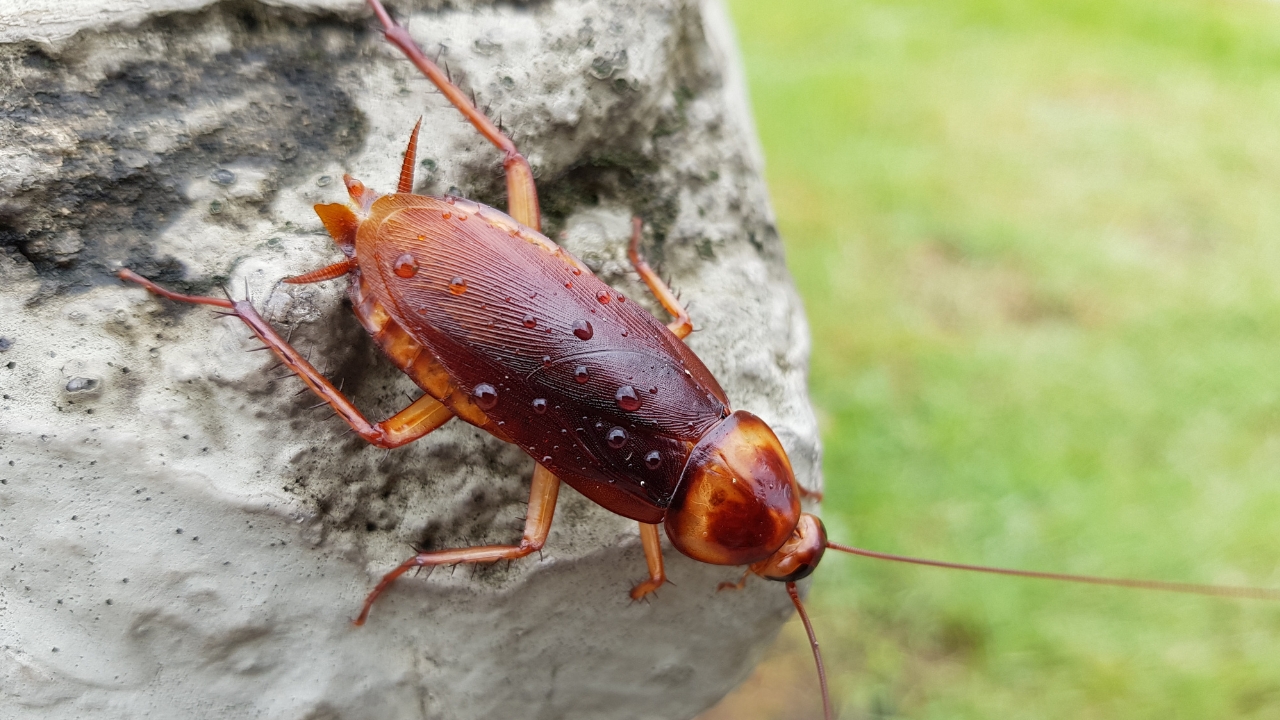
Cockroaches don’t mind being outdoors, especially when mulch gives them moisture, warmth, and shelter. They’ll live under bark or wood chips and can easily migrate into your home if the mulch is close to the foundation.
Mulch that’s too thick or stays wet is especially appealing. To discourage them, keep mulch layers to two or three inches and maintain space between it and your home’s exterior.
Slugs

Mulch traps moisture and provides cool hiding places during the day, which slugs love. They’ll burrow under it and come out at night to chew up seedlings and soft plants.
Slugs can be hard to spot, but the damage they leave behind is obvious. If your garden beds are suddenly full of holes and slime trails, they’re probably to blame. Drier mulch and fewer layers can help reduce their numbers.
Earwigs
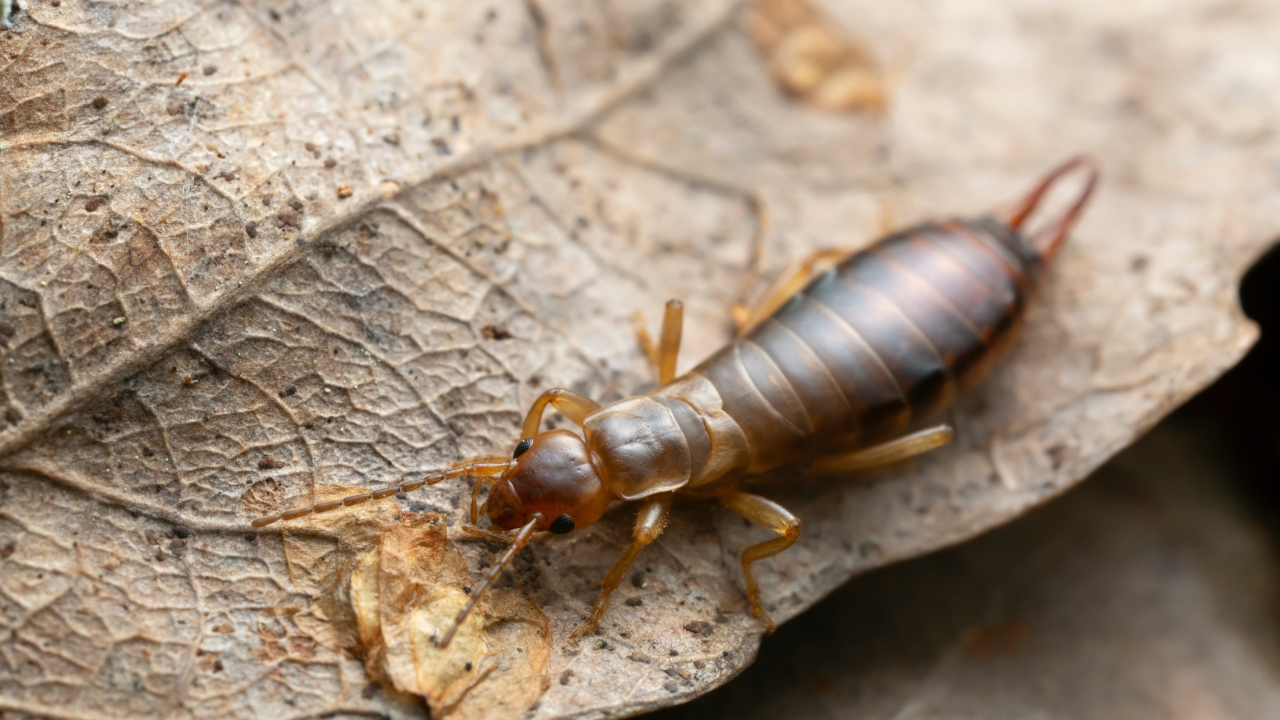
While earwigs don’t pose a huge threat, they’re still not something you want swarming your mulch beds. They hide under mulch during the day and feed on plant material at night, sometimes damaging young plants.
If you’re seeing a lot of them, it’s likely your mulch is holding too much moisture. Let it dry out, and avoid overwatering nearby areas. Stirring the mulch occasionally can also help break up their hiding spots.
Spiders
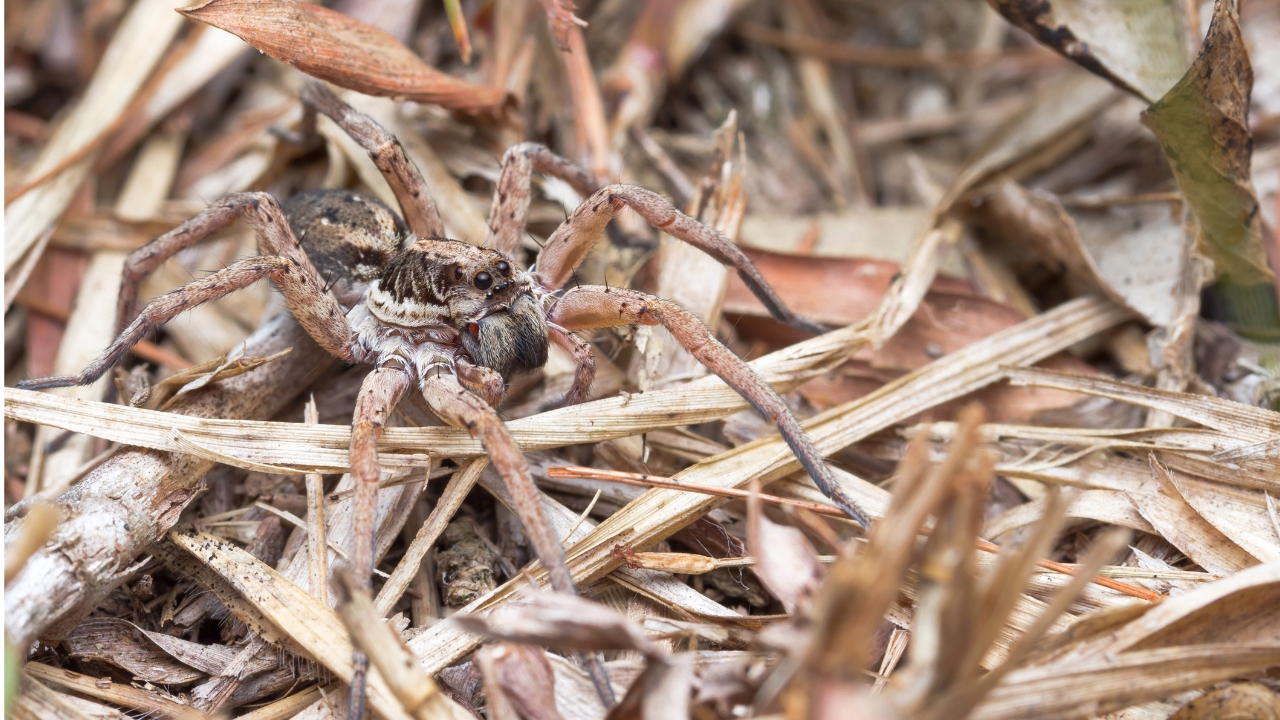
Most spiders in mulch aren’t dangerous, but that doesn’t mean you want to reach in and grab a handful of them. They’ll hide under bark, rocks, or plant debris, especially in areas that don’t get disturbed often.
Keeping mulch away from high-traffic areas like walkways and porches can reduce your chances of running into them. Tidying up mulch regularly also makes the area less appealing for nesting.
*This article was developed with AI-powered tools and has been carefully reviewed by our editors.


